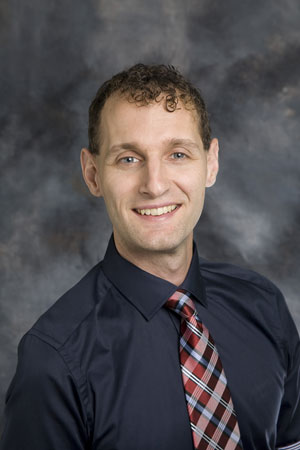It was only last year that the Superior Court seemed to be in an intractable crisis over delays in hearing simple motions in civil matters.

In September,
Law Times noted lawyers’ growing frustration that it was taking up to seven months to have simple motions heard. The problem sparked complaints about a lack of judges and resources as well as a lacklustre case-management system. In response, Superior Court Chief Justice Heather Smith vowed to take action.
It seems she meant what she said. As
Law Times’ Yamri Taddese
reports this week, Smith is touting her success in reducing wait times for civil motions to four months. Lawyers are skeptical, particularly as they note the changes have mainly affected short rather than long motions and trials. But coming just a few months after the problem appeared intolerable, the success so far is promising.
Part of the changes has involved new scheduling practices that eliminated so-called placeholder motions booked by lawyers on the off chance they’ll need them later on. As a result, parties seeking to schedule a motion must file it within 10 days and pay a fee or lose their hearing date.
According to lawyer Daniel Reisler, the fact lawyers were using that tactic is a sign of just how difficult it was to schedule motions when they really needed them. But having courtrooms potentially sit empty because the party didn’t end up needing to go ahead with the motion is surely a waste of valuable court resources.
So it’s good to see the success so far. But the court must continue to make progress, particularly as we’ve seen concerted efforts to resolve delays before only to watch the problem later emerge once again. Given the scale of the problem, it’s crucial to continue looking at scheduling issues and court practices to keep up the momentum and hopefully make progress on the timelines for long motions and trials that continue to frustrate lawyers and their clients.
—
Glenn Kauth

 In September, Law Times noted lawyers’ growing frustration that it was taking up to seven months to have simple motions heard. The problem sparked complaints about a lack of judges and resources as well as a lacklustre case-management system. In response, Superior Court Chief Justice Heather Smith vowed to take action.
In September, Law Times noted lawyers’ growing frustration that it was taking up to seven months to have simple motions heard. The problem sparked complaints about a lack of judges and resources as well as a lacklustre case-management system. In response, Superior Court Chief Justice Heather Smith vowed to take action.